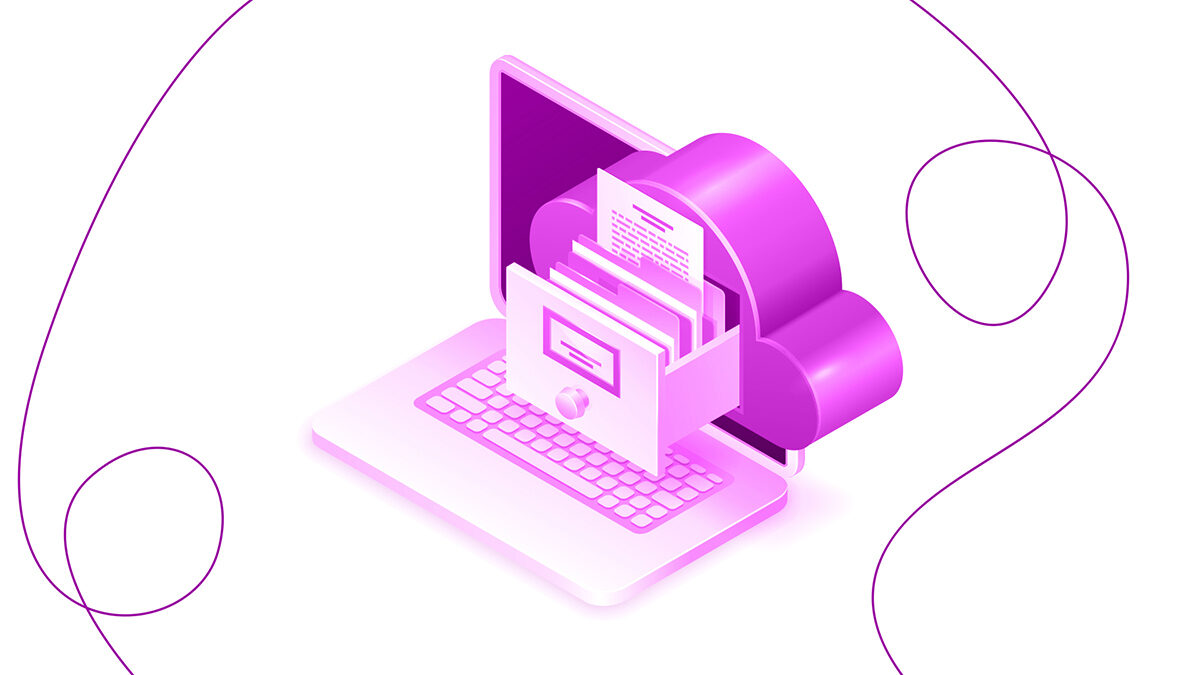


Navigate the Cost Structure of Azure OpenAI Models and better understand the concepts with use cases.
Microsoft Azure offers a wide range of OpenAI models designed to help businesses elevate their projects and operations with artificial intelligence. As an Azure solutions consultancy, we understand the importance of a clear understanding of the pricing structure to make the best decisions for your organization. In this article, we’ll break down Azure OpenAI pricing in a well-articulated, easy-to-understand, and professional manner. We’ll also share some use cases to illustrate how these models can benefit your business.
Before diving into the pricing, let’s clarify what a “token” is. In the context of Azure OpenAI, a token represents a unit of text, typically a single character or a word. Tokens are used to measure the amount of data processed by the AI models, and pricing is determined based on the number of tokens consumed.
These models are tailored for natural language processing tasks such as text generation, translation, summarization, and more.
Use case: A media company uses Text-Ada to automatically generate news articles, while Text-Curie is employed to translate these articles into multiple languages for global readership. A legal firm relies on Text-Davinci to analyze and summarize complex legal documents, saving valuable time for attorneys.
Code models are designed to assist with code-related tasks, such as code completion, refactoring, and error detection.
Use case: A software development company incorporates Code-Cushman into their IDE to accelerate code writing and enhance code quality. Code-Davinci is employed to analyze large codebases for refactoring opportunities, streamlining code maintenance and reducing technical debt.
This model is currently not available for individual pricing.
Use case: An eCommerce business deploys ChatGPT as a customer service chatbot, capable of answering complex product queries, handling returns, and providing personalized product recommendations, improving customer satisfaction and reducing the workload of human customer service agents.
Image models are designed for tasks related to image generation and manipulation.
Use case: A fashion brand leverages Dall-E to generate unique and eye-catching product images based on textual descriptions, enhancing their online store’s visual appeal and creating a more engaging shopping experience for customers.
Fine-tuned models are pre-trained models optimized for specific tasks or industries.
Use case: A pharmaceutical company utilizes a fine-tuned Text-Curie model to analyze and extract insights from scientific publications, accelerating research and development efforts in drug discovery. A financial institution employs a fine-tuned Text-Davinci model to predict market trends and optimize investment strategies.
Use case: A healthcare provider trains a Text-Babbage model on their proprietary dataset of anonymized electronic health records, enabling the model to better identify patterns in patient data, predict potential health risks, and improve patient outcomes.
Use case: An online education platform hosts a Text-Curie model to provide instant tutoring and personalized feedback to students, increasing engagement and fostering a more effective learning environment. A real estate agency hosts a Text-Davinci model to answer user queries regarding property listings, features, and pricing, enhancing the user experience on their website.
These models are designed for tasks such as text classification, sentiment analysis, and clustering.
Use case: A hotel chain uses an Ada embedding model to analyze and categorize customer reviews by sentiment and topic, allowing them to better understand areas for improvement and tailor their offerings. A content platform employs a Davinci embedding model to automatically categorize and tag articles, streamlining their content management system and enhancing the user experience through more accurate search results and recommendations.
Azure OpenAI offers a diverse range of AI models tailored to various business needs, from natural language processing and code assistance to image generation and industry-specific applications. Understanding the pricing structure, which is determined based on tokens, compute hours, and hosting fees, is crucial for businesses looking to leverage the power of AI and maximize their return on investment. By evaluating the different models and their associated costs, organizations can make informed decisions and choose the most suitable AI solutions to drive efficiency, innovation, and growth in their respective industries.
We hope through this article you now have a better understanding of Azure OpenAI as well as it’s pricing structure. Though if you or your team are still hesitant or would like to talk to a versed Azure OpenAI expert before diving in, reach out today!

